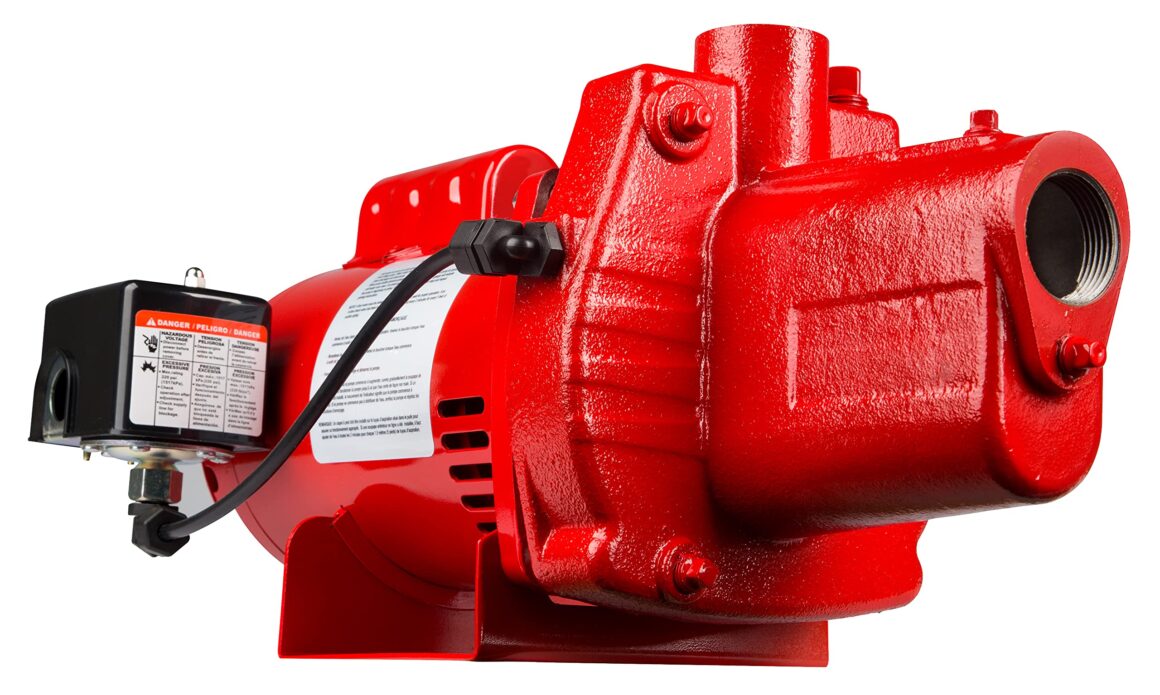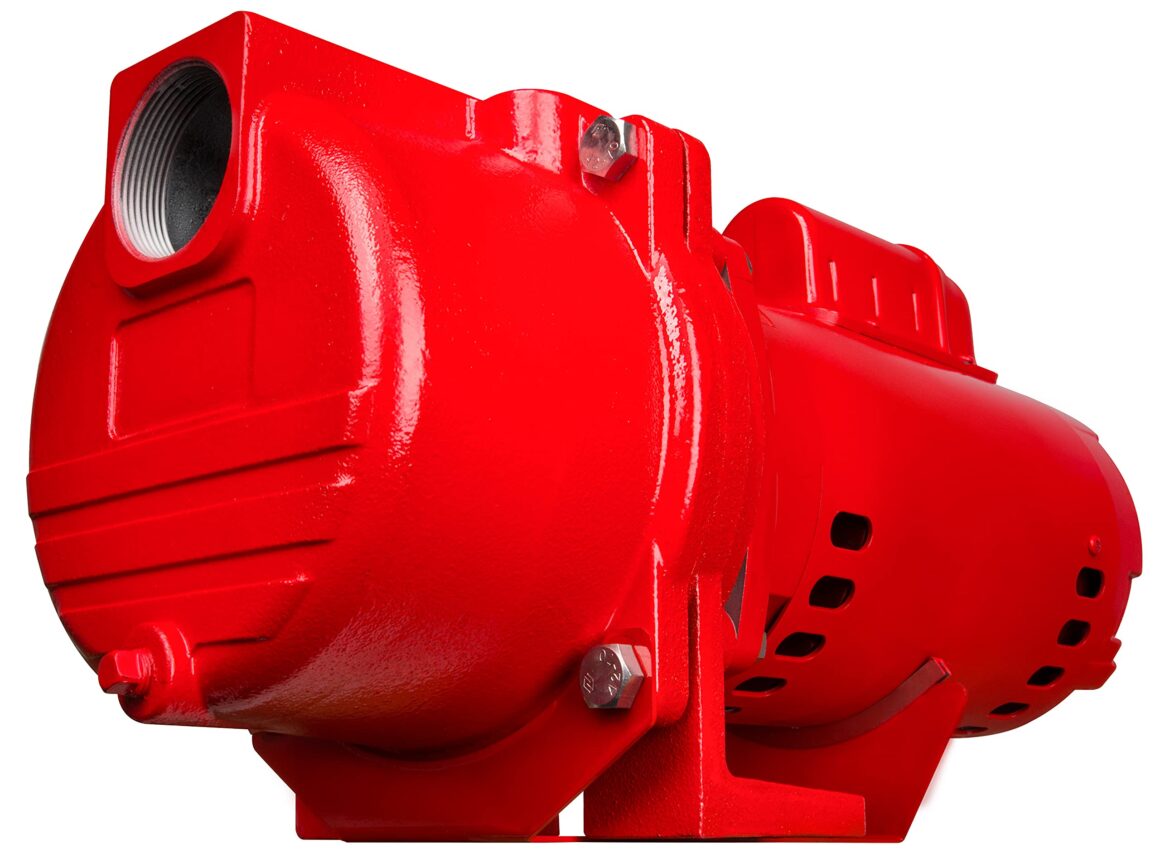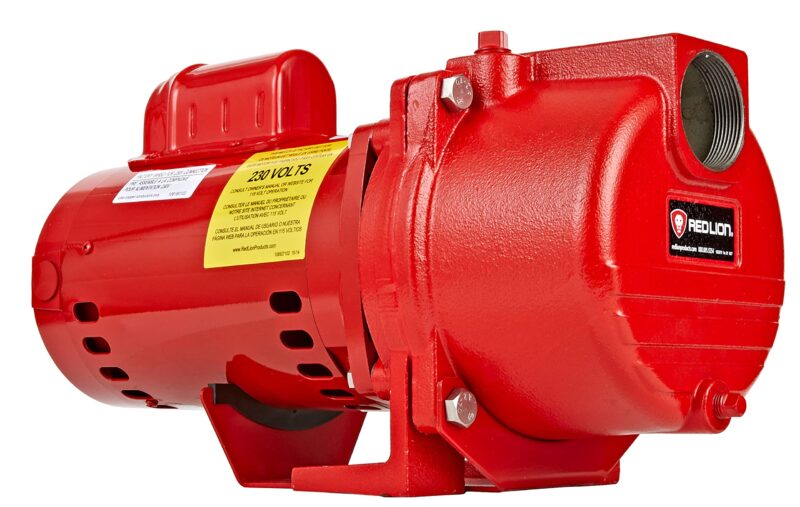When it comes to Red Lion water pumps, there are plenty of misconceptions floating around. These misconceptions can lead to confusion and potentially costly mistakes for those in need of reliable water pumping solutions.
In this article, we’re going to set the record straight and debunk some of the most common myths about Red Lion water pump parts. But before we dive into the myths, let’s start with the basics.
What is a Red Lion Water Pump?

A Red Lion water pump is a vital component of many water supply systems, whether you’re dealing with a residential well, an agricultural irrigation system, or even a small pond. These pumps are designed to efficiently and reliably move water from one place to another, making them an essential tool for countless applications.
Myth 1: Red Lion Water Pumps are Inefficient
Fact: Contrary to this myth, Red Lion water pumps are known for their efficiency. These pumps are engineered to maximize water flow while minimizing energy consumption. The key to their efficiency lies in their design and technology.
Real-Life Experience
I recently switched to a Red Lion water pump for my garden irrigation system, and I was pleasantly surprised by the decrease in my energy bills. Not only did my plants receive the perfect amount of water, but I also saved money in the process.
Myth 2: Red Lion Water Pump Parts are Hard to Find
Fact: This myth couldn’t be further from the truth. Red Lion has a vast network of distributors and suppliers, making it easy to find genuine replacement parts when needed. Additionally, the company offers excellent customer support to assist you in locating the right parts for your pump.
Real-Life Experience
Last summer, my Red Lion pump needed a new impeller. I reached out to their customer support, and within hours, they directed me to a local supplier who had the part in stock. The quick and hassle-free process saved me from any extended downtime.
Myth 3: Red Lion Pumps Require Constant Maintenance

Fact: While regular maintenance is essential for any water pump, Red Lion pumps are designed with durability in mind. With proper care and occasional maintenance, these pumps can last for many years without major issues.
Real-Life Experience
I’ve had a Red Lion water pump in my well for over a decade. Apart from routine check-ups and occasional cleaning, it has required minimal maintenance. This long-lasting reliability has convinced me of the quality of Red Lion products.
Myth 4: Red Lion Water Pumps are Noisy
Fact: Red Lion pumps are engineered to operate quietly, especially their submersible models. Noise levels are typically lower compared to many other water pump brands on the market.
Real-Life Experience
I installed a Red Lion submersible pump in my basement, and I was amazed at how quiet it operated. I could barely hear it running, even when I was in the same room. This silence was a pleasant surprise, as I had expected a constant, annoying hum.
Myth 5: Red Lion Water Pumps are Expensive

Fact: While Red Lion pumps are known for their quality, they are competitively priced. When you consider their durability and efficiency, they often provide excellent value for the investment.
Real-Life Experience
I was initially hesitant to buy a Red Lion pump because I thought it would be too expensive. However, after comparing prices and doing some research, I found that it offered the best balance between cost and performance. It turned out to be a wise purchase.
Conclusion
In conclusion, Red Lion water pumps are not just reliable and efficient, but they also dispel several common myths. These pumps are readily available, require minimal maintenance, operate quietly, and offer great value for your money. Don’t let misconceptions hold you back from enjoying the benefits of Red Lion water pump parts. If you’re looking for a reliable water pumping solution, consider Red Lion, and you won’t be disappointed.
So, the next time you hear someone spreading myths about Red Lion water pumps, you can confidently set them straight with the facts. These pumps are a dependable choice for all your water pumping needs.


